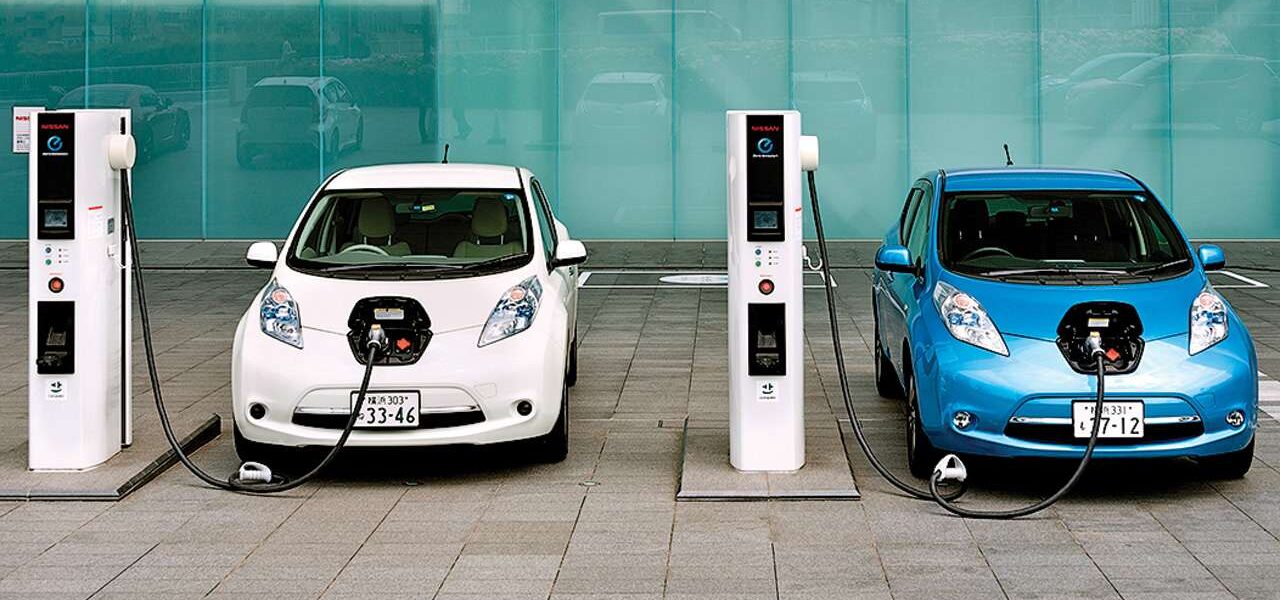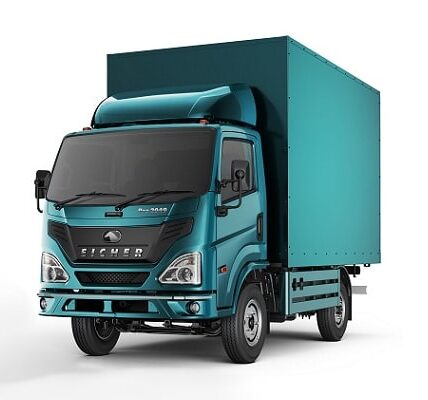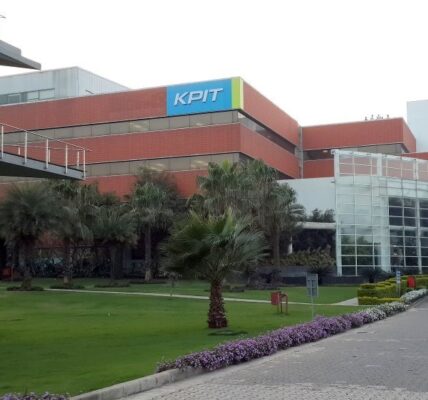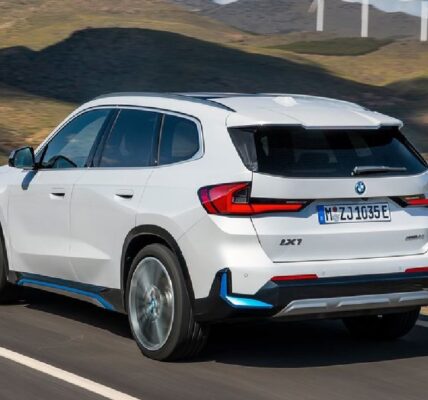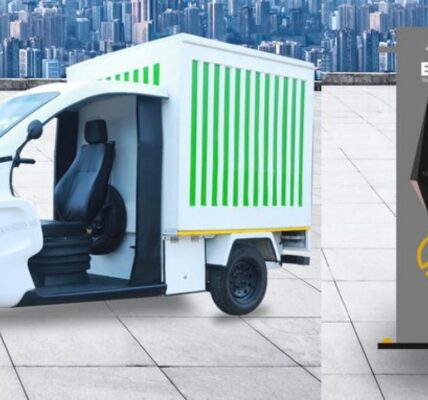To make India a manufacturing hub for electric vehicles in the coming five years, the government has taken several initiatives, Anil Firojiya, Minister of Heavy Industries, said during a rewritten reply in the Lok Sabha today. He said recently, the demand incentive under the FAME-II scheme has been increased to Rs 15,000/KWh from Rs 10,000/KWh, with an increase in cap from 20 per cent to 40 per cent of the cost of the vehicle, thus enabling the cost of electric two-wheelers at par with ICE two-wheeler vehicle.
The government on May 12, 2021, also approved a Production Linked Incentive (PLI) scheme for the manufacturing of advanced chemistry cell (ACC) in the country to bring down prices of batteries. A drop in battery price will result in cost reduction of electric vehicles, he said.
The minister said GST on electric vehicles has also been reduced from 12 per cent to 5 per cent; GST on chargers or charging stations for electric vehicles has been reduced from 18 per cent to 5 per cent.
Firojiya said the Ministry of Road Transport & Highways (MoRTH) has also announced that battery-operated vehicles will be given green licence plates and be exempted from permit requirements.
“MoRTH issued a notification advising states to waive road tax on EVs, which in turn will help reduce the initial cost of Evs,” he said.
Notably, the Ministry of Heavy Industries had started phase-II of the Faster Adoption and Manufacturing of (Hybrid &) Electric Vehicles in India (FAME India) Scheme in 2015 to promote EV and hybrid vehicles adoption in India, with Rs 10,000 crore budgetary support.
The phase focussed on supporting electrification of public and shared transportation and aims to support, through subsidies, 7,090 e-Buses, 5 lakh e-3 wheelers, 55,000 e-4 wheeler passenger cars and 10 lakh e-2 Wheelers. The scheme also supports the creation of charging infrastructure.
The upfront cost of EVs is higher than the internal combustion engine (ICE) vehicles. However, the operational cost of EVs is lower than the of ICE vehicles. “EVs are being supported by the way of demand incentives under FAME India Scheme phase II to reduce the cost difference between the electric vehicles and ICE vehicles,” said the minister.


